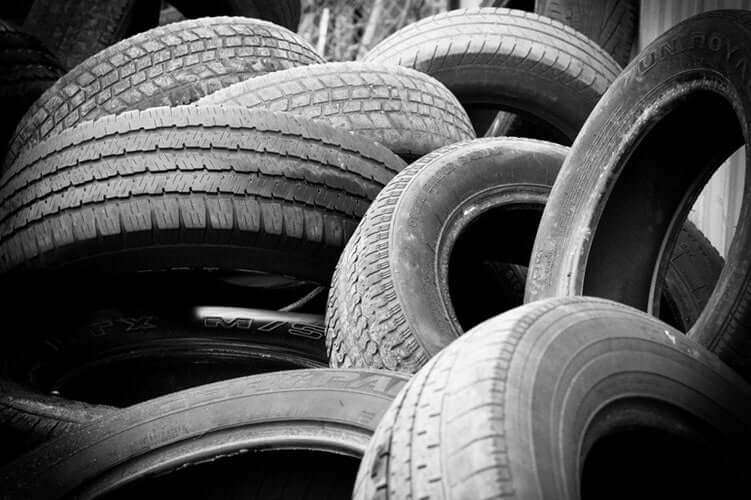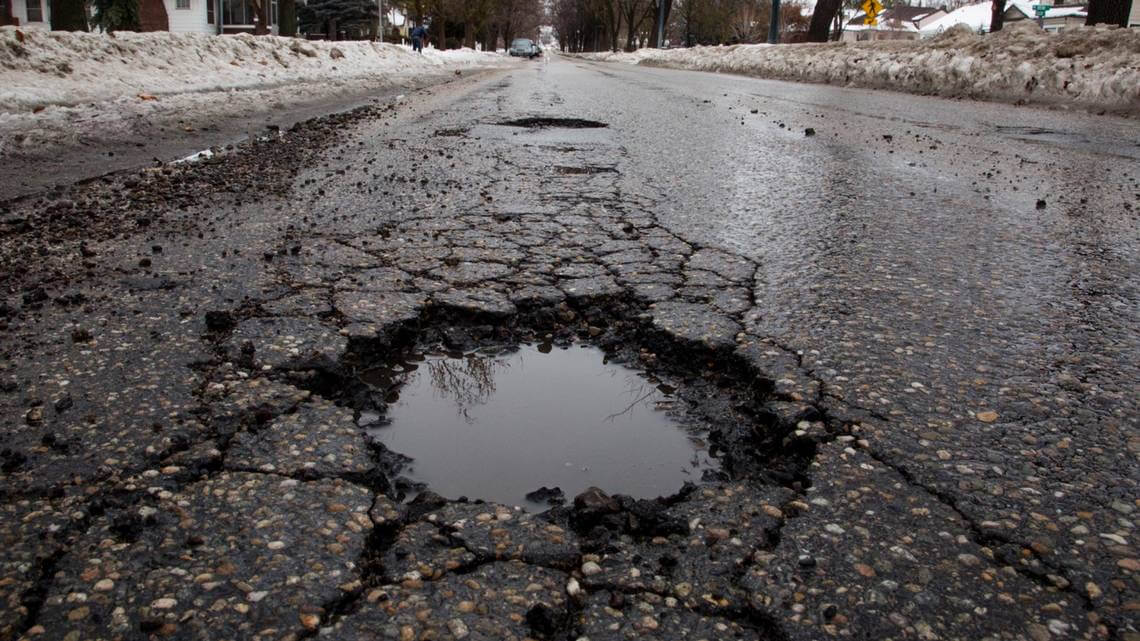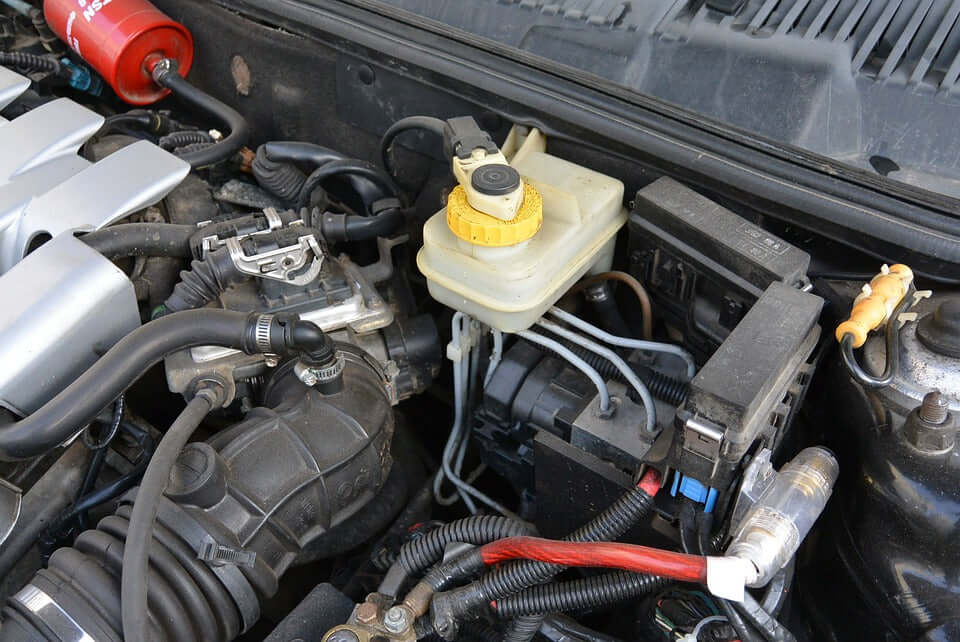With spring showers just around the corner it’s a great time to brush up on some safety tips for driving in the rain. Heavy rain presents a number of challenges for you and other drivers on the road. Unfortunately, as opposed to heavy snow, heavy rain often doesn’t get you out of the things that you need to do. Take a look at the following tips to keep you safe during the coming months: 1. Check your tires Your tires are your number one defense against hydroplaning. Hydroplaning is when the vehicle is traveling too fast over a wet surface and the tires ride over a thin layer of water instead of making contact with the road. It is an extremely dangerous occasion where you lose control of the braking and steering of a car. Tires with a proper amount of tread will handle most wet road situations with ease. To test if your tires are still good, pull out a penny and stick it into the tread with Honest Abe upside down. If the tread reaches the top of his head, you’re in the clear. If it doesn’t, get those tires replaced. 2. Slow down While good tires are helpful, only reducing your speed will completely eliminate the chance of hydroplaning. Roads also have a tremendous buildup of oils and fluids from cars, all of which rise to the surface during periods of heavy rain. This makes roads even more dangerous. Make sure to leave ahead of time so that you can you maintain a safe speed getting wherever it is you need to go. 3. Turn your lights on Visibility is a major issue during heavy rainfall. In order to make sure you are visible to other vehicles, turn your headlights on. The use of headlights during inclement weather is actually a law in many states. However, beyond even your local laws keeping your lights on keeps you and other drivers safer. 4. Increase following distance Rear-end collisions are much more common on wet roads. This is because cars take longer to stop than under normal conditions and many people are not prepared to stop in time. Give the car in front of you an additional 1-2 car lengths of space. Lowered visibility means that cars may need to stop more suddenly also. Keeping extra distance between you and the next vehicle will ensure that you have enough time to come to a complete stop when you need to. 5. Check those struts Your struts are instrumental in helping your vehicle maintain contact with the road. By reducing the bounciness of the car, they reduce the chance that the wheels lose contact with the road surface and the vehicle hydroplanes. Does your car feel extra bouncy? Does it lean or sag to one side? Are you noticing strange noises coming from your compressor? If you notice any of these symptoms or suspect that your suspension may be compromised, make sure to have it checked. Your safety may depend on it. If you are ready to replace your struts and shocks, consider a kit from Strutmasters. Made from high-quality materials right here in the United States of America, these suspension kits come with genuine Eibach springs and are specially designed and tuned for your vehicle. Search for a kit for your vehicle here.

5 Tips for Driving in Heavy Rain
Listen to article
Audio generated by DropInBlog's Blog Voice AI™ may have slight pronunciation nuances. Learn more



